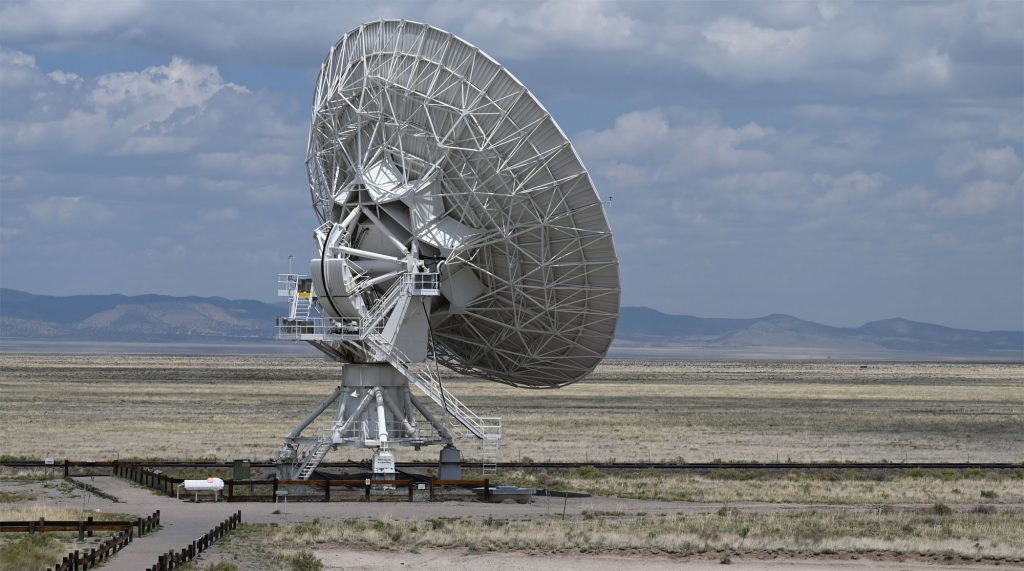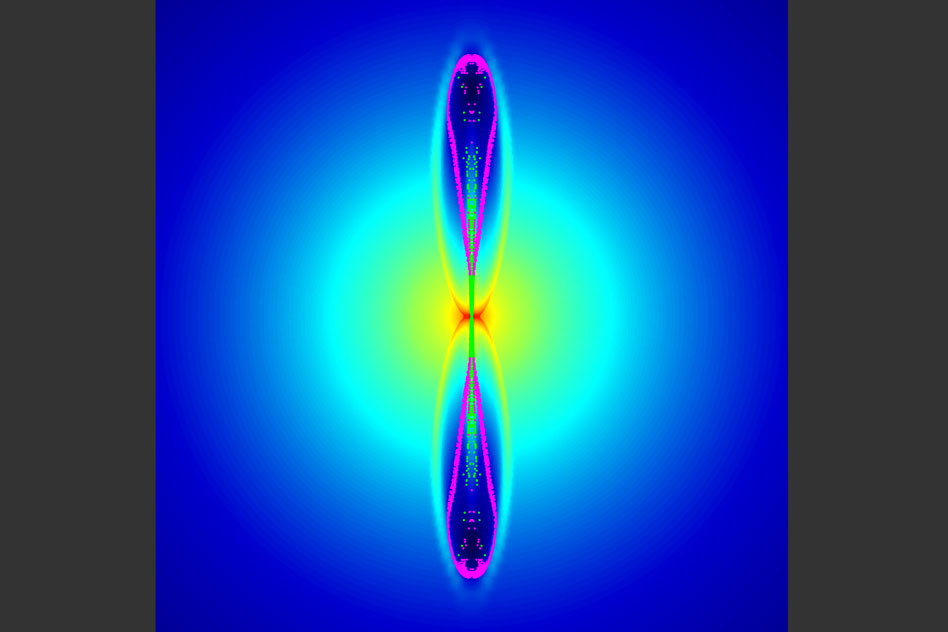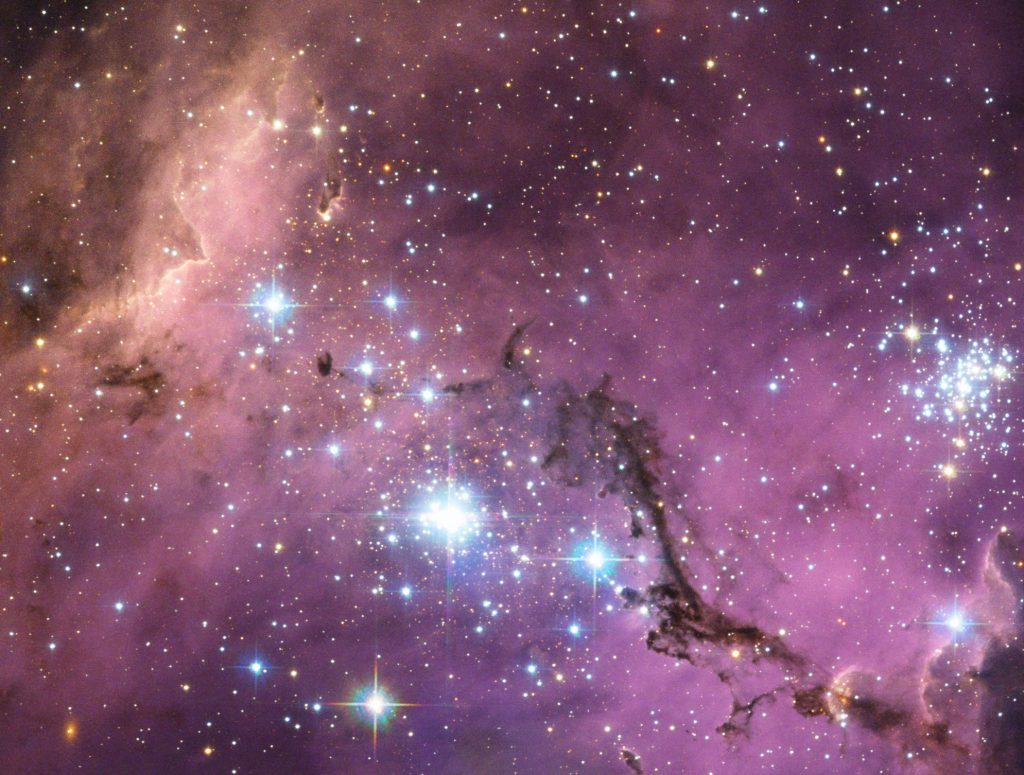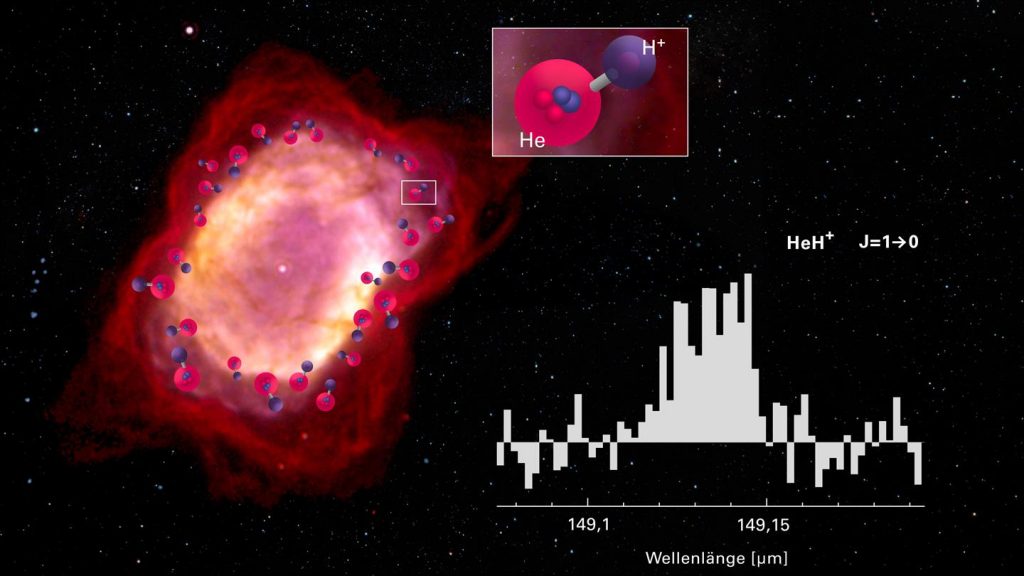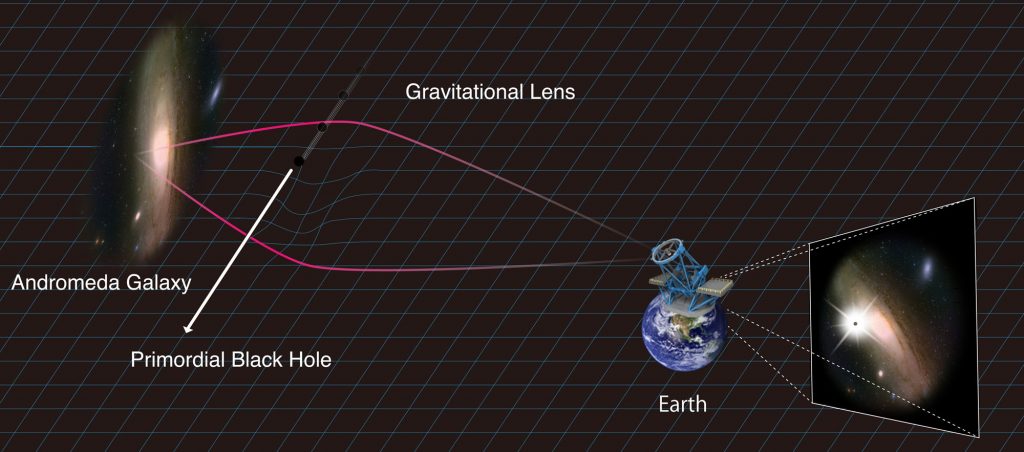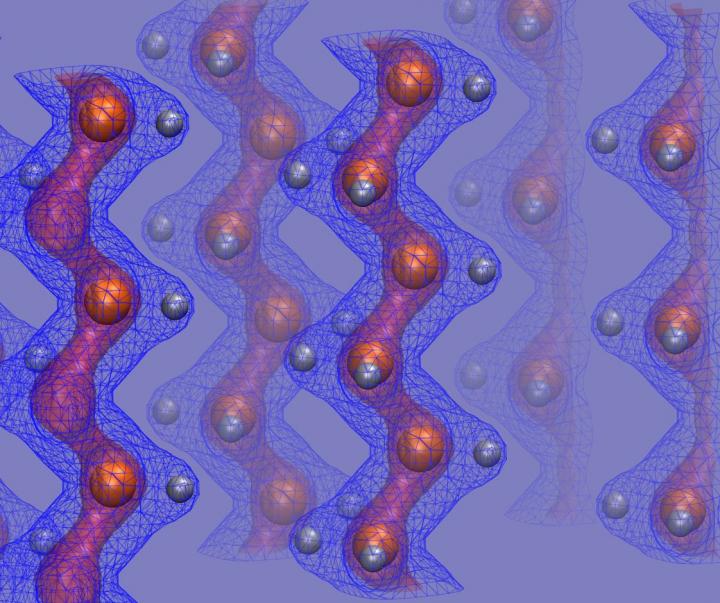How does a radio telescope work? A visit to the Very Large Array
Every – okay, almost every – object in the universe emits light. When astronomers talk about light, however, they’re not only talking about the small portion of the entire electromagnetic spectrum that humans can see, i.e., the optical range, but instead they’re talking about all of it: radio waves, infrared, visible light, UV light, X-rays, gamma radiation (listed here in order of decreasing wavelength). Physicists would call this “electromagnetic radiation,” but “light” also fits very well, because, in the end, the same laws always apply for reception. Resolution, focal length, etc., it doesn’t matter if you are using a…
